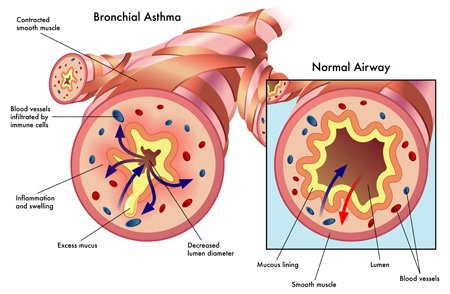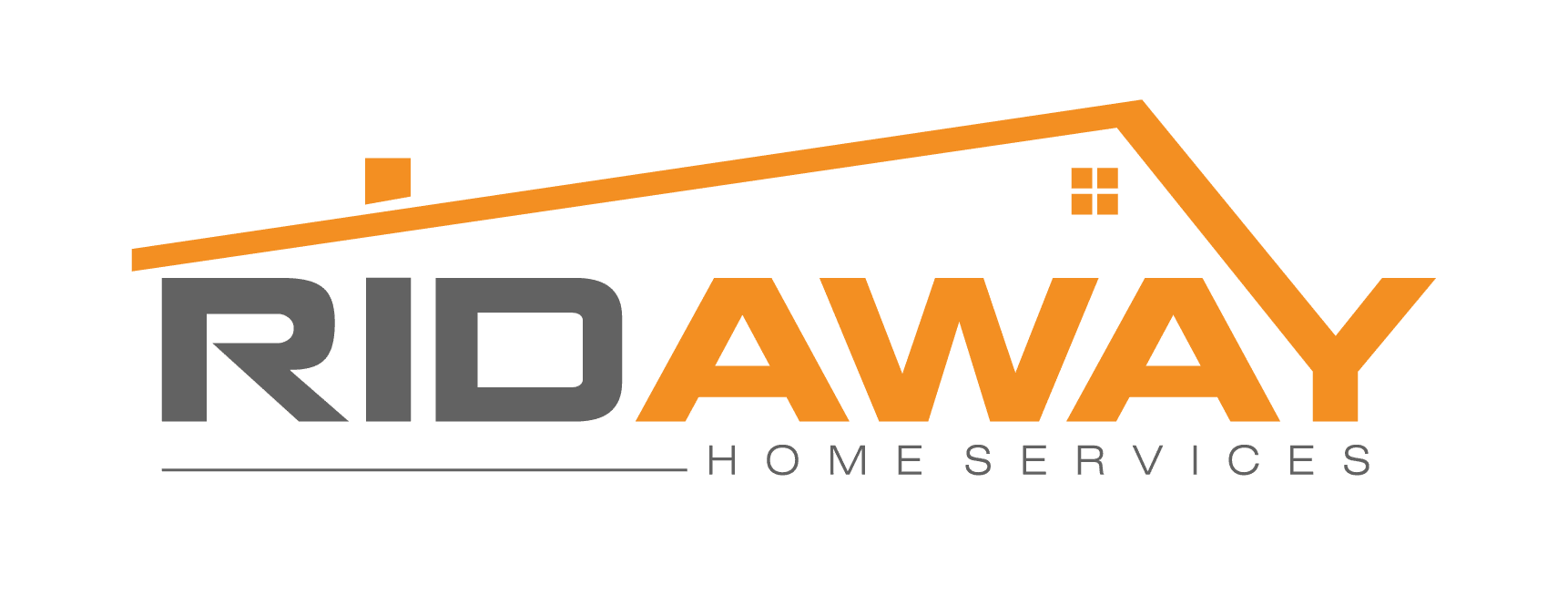Asthma is a serious illness that can develop in people of all ages. More than 25 million Americans suffer from asthma and the number is increasing every year.
There are numerous causes for this lung disease, including viral infections, a weak immune system, and exposure to extreme allergens. However, one of the most frequent causes of asthma in the United States is prolonged exposure to mold.
What Is Mold?
Mold is a type of fungi, an organism that uses spores in order to reproduce. These spores are in fact airborne particles that thrive in a damp environment and are often inhaled by humans.
Although mold can appear both indoors and outdoors, spores that grow in a home are the most dangerous for human health and are present year-round. In the United States alone, there are over 1,000 different species of mold and each one comes with its own health issues.
If mold is present in your home, there is a high likelihood that you or your loved one could develop asthma because of it.
The Link Between Mold and Asthma

Bronchial asthma develops when the spores of mold enter the lungs, causing the bronchi to become inflamed and expand to restrict airways. The more prolonged the exposure is, the more serious asthma will be as well.
Symptoms of asthma caused by mold include:
- Nasal congestion
- Runny nose
- Sneezing
- Itchy/watery eyes
- Coughing
- Shortness of breath
Although there is plenty of medication dedicated to easing the symptoms of asthma, the best way to deal with the situation is to find the location of the mold and remove it from your environment.
Where Mold Hides In Your Home
Initially, mold is difficult to spot when it first begins to develop. Once the spores reproduce in large numbers, the mold finally becomes visible. However, this is also the point where it is the most dangerous for humans.
In order to prevent the worst from happening, it is important to understand where mold likes to hide in your home.
Some of the most frequent locations include:
- Bathroom
- Carpets
- Walls
- Kitchen
- Plants
- Basement
- Heating & Air Conditioning
Regular home maintenance and ventilation are crucial for reducing the presence of mold in your home.
However, what do you do if you can’t handle it on your own or if the mold is slowly taking over your house?
How to Get Rid of Mold and Reduce Asthma
Because of the dangers that mold poses, you should never attempt to remove mold on your own. Not only will you be exposing yourself to these fungi even more, but you will also not be able to know if you have gotten rid of the mold for good or not.
Instead, hire a professional to do the job.
At RidAway, our team will identify the exact locations of mold in your home, safely contain the area, and then perform a full clean-up, leaving your home fresh and healthy to live in.
If you are worried that mold may be hiding somewhere in your home, give us a call today for a free consultation.

